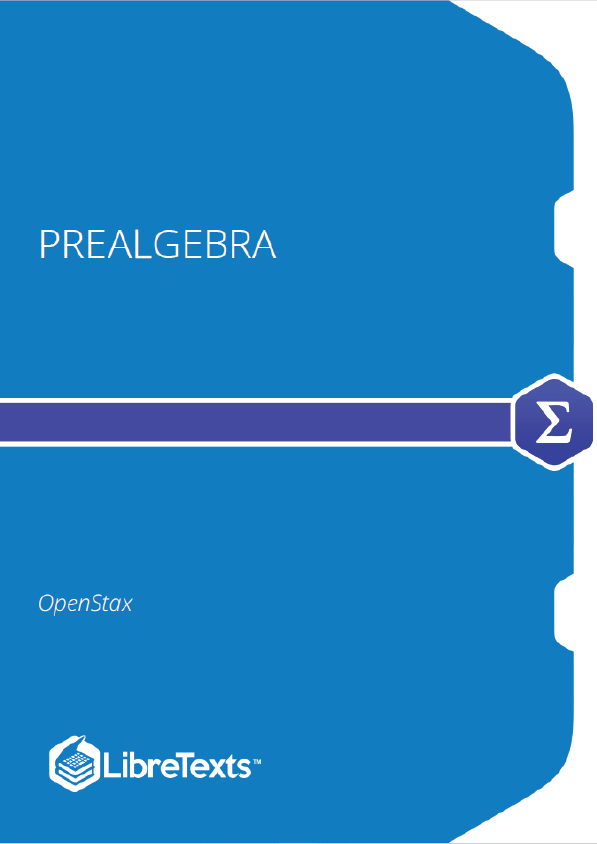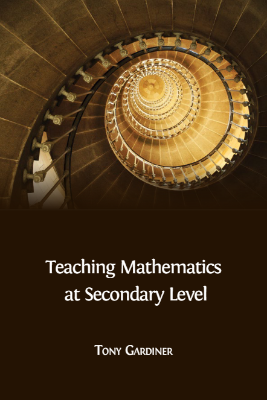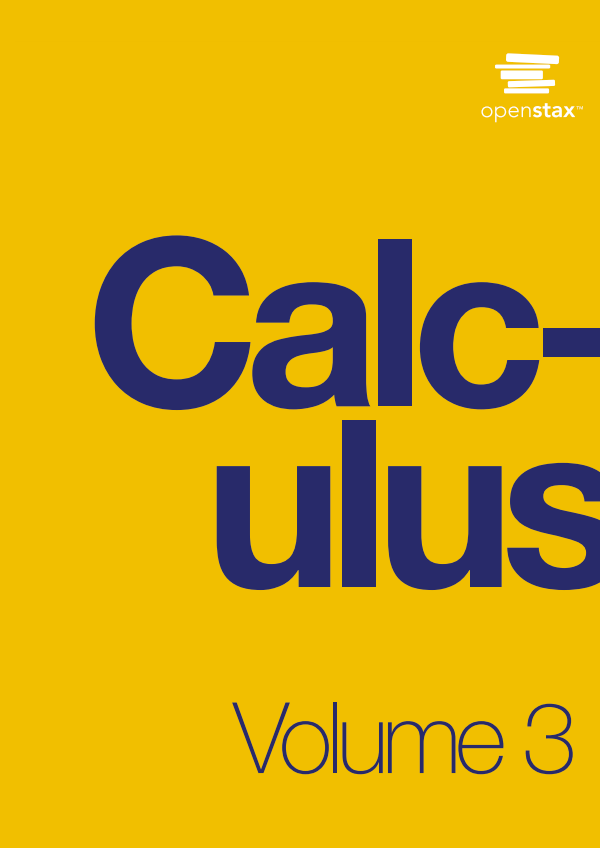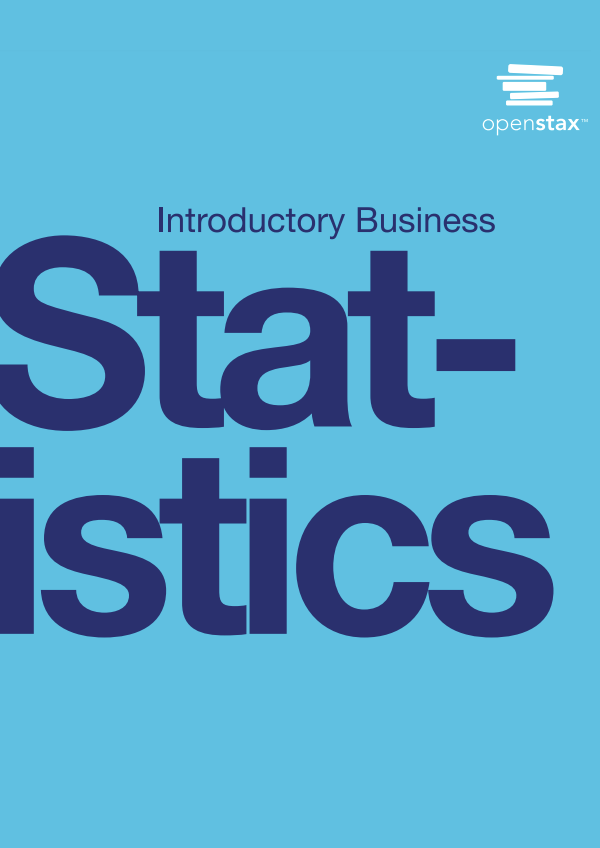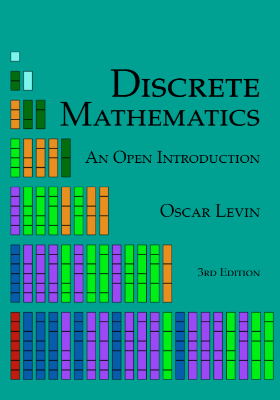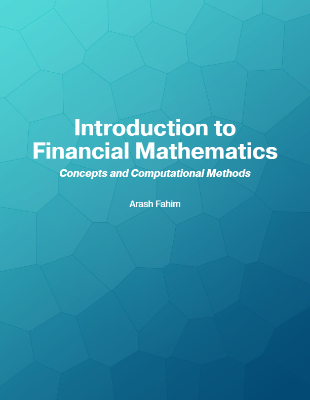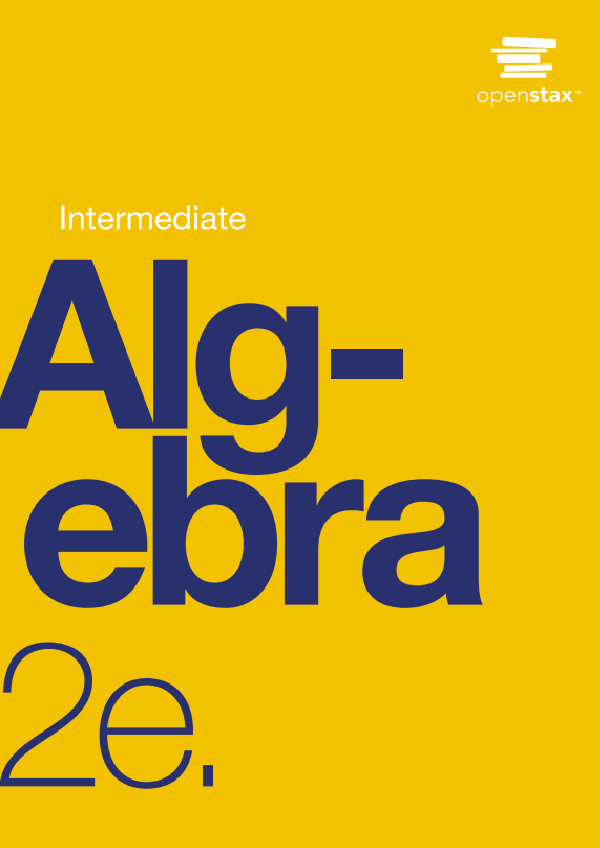Prealgebra is designed to meet scope and sequence requirements for a one-semester prealgebra course. The text introduces the fundamental concepts of algebra while addressing the needs of students with diverse backgrounds and learning styles. Each topic builds upon previously developed material to demonstrate the cohesiveness and structure of mathematics.
Whole Numbers
Even though counting is first taught at a young age, mastering mathematics, which is the study of numbers, requires constant attention. If it has been a while since you have studied math, it can be helpful to review basic topics. In this chapter, we will focus on numbers used for counting as well as four arithmetic operations—addition, subtraction, multiplication, and division. We will also discuss some vocabulary that we will use throughout this book.
Identify Counting Numbers and Whole Numbers
Learning algebra is similar to learning a language. You start with a basic vocabulary and then add to it as you go along. You need to practice often until the vocabulary becomes easy to you. The more you use the vocabulary, the more familiar it becomes. Algebra uses numbers and symbols to represent words and ideas. Let’s look at the numbers first. The most basic numbers used in algebra are those we use to count objects: and so on. These are called the counting numbers. The notation “…” is called an ellipsis, which is another way to show “and so on”, or that the pattern continues endlessly. Counting numbers are also called natural numbers.
Identify the Place Value of a Digit
By looking at money and base-10 blocks, we saw that each place in a number has a different value. A place value chart is a useful way to summarize this information. The place values are separated into groups of three, called periods. The periods are ones, thousands, millions, billions, trillions, and so on. In a written number, commas separate the periods. Just as with the base- blocks, where the value of the tens rod is ten times the value of the ones block and the value of the hundreds square is ten times the tens rod, the value of each place in the place-value chart is ten times the value of the place to the right of it. Figure shows how the number is written in a place value chart.
Use Place Value to Name Whole Numbers
When you write a check, you write out the number in words as well as in digits. To write a number in words, write the number in each period followed by the name of the period without the ‘s’ at the end. Start with the digit at the left, which has the largest place value. The commas separate the periods, so wherever there is a comma in the number, write a comma between the words. The ones period, which has the smallest place value, is not named.
